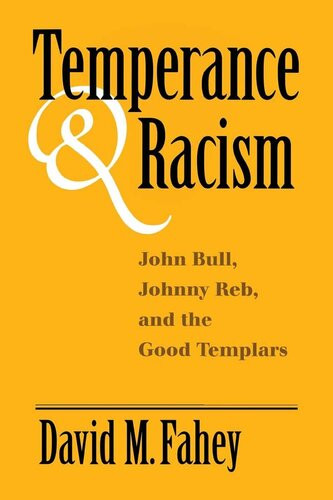

Most ebook files are in PDF format, so you can easily read them using various software such as Foxit Reader or directly on the Google Chrome browser.
Some ebook files are released by publishers in other formats such as .awz, .mobi, .epub, .fb2, etc. You may need to install specific software to read these formats on mobile/PC, such as Calibre.
Please read the tutorial at this link: https://ebookbell.com/faq
We offer FREE conversion to the popular formats you request; however, this may take some time. Therefore, right after payment, please email us, and we will try to provide the service as quickly as possible.
For some exceptional file formats or broken links (if any), please refrain from opening any disputes. Instead, email us first, and we will try to assist within a maximum of 6 hours.
EbookBell Team

5.0
30 reviewsOne hundred twenty years ago, the Independent Order of Good Templars was the world's largest, most militant, and most evangelical organization hostile to alcoholic drink. Standing in the forefront of the international temperance movement, it was recognized worldwide as a potent social and moral force.
Temperance and Racism restores the Templars, now an almost forgotten footnote in American and British social history, to a position of prominence within the temperance movement. The group's ideology of universal membership made it unique among fraternal organizations in the late nineteenth century and led to pioneering efforts on behalf of equal rights for women.
Its policy toward African Americans was more ambiguous. Though a great many white Templars, especially those in Great Britain, rejected the extreme racism prevalent in the late nineteenth century, members in the American South did not. The decision to allow state lodges to rule on their membership eligibility led to the great schism of 1876-87. The break was mended only after British leaders compromised their ideals of universal brotherhood and sisterhood for the sake of the organization's international unity. Drawing on previously unused primary sources, David Fahey reveals much about racial attitudes and behavior in the late nineteenth century on both sides of the Mason-Dixon line, and on both sides of the Atlantic.